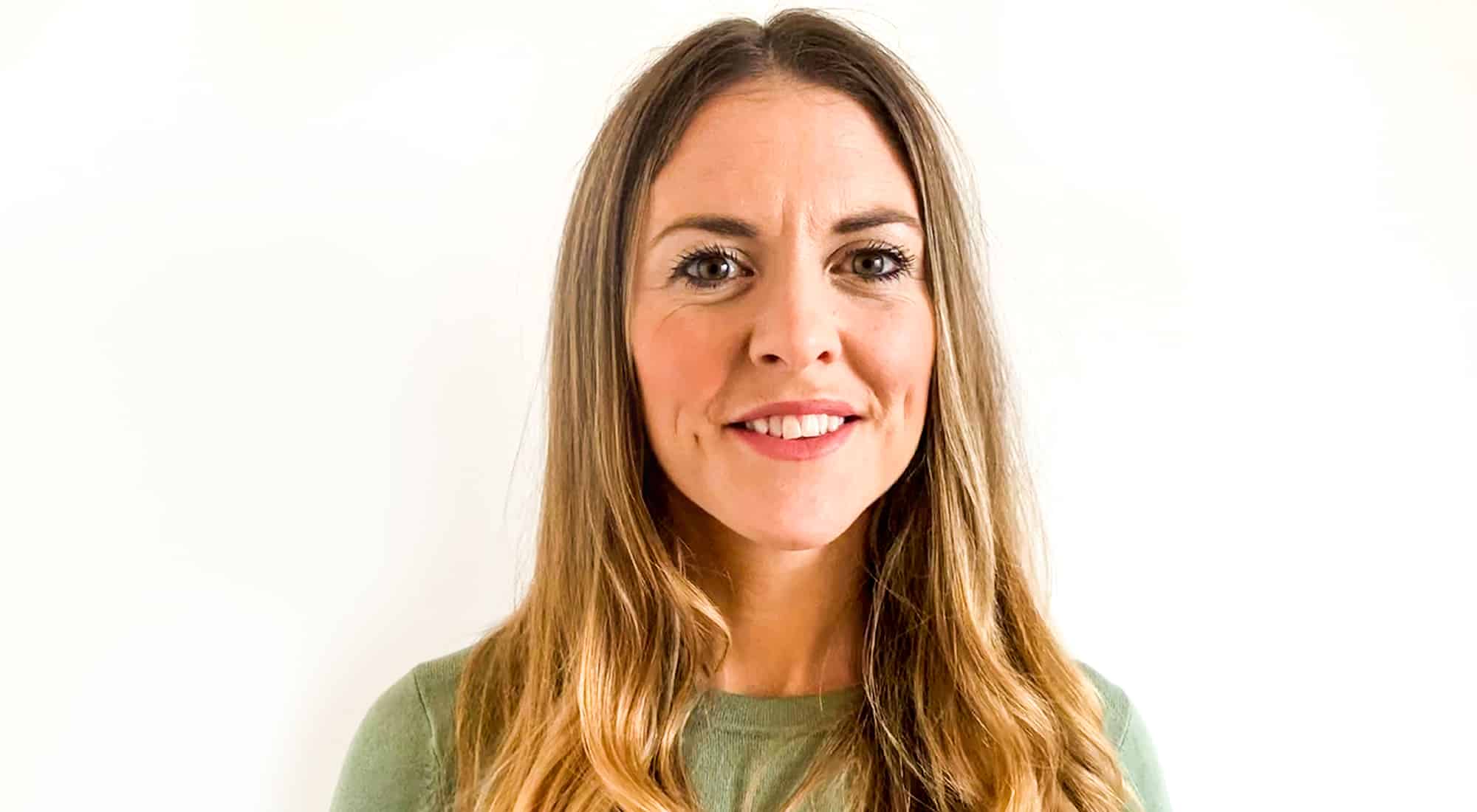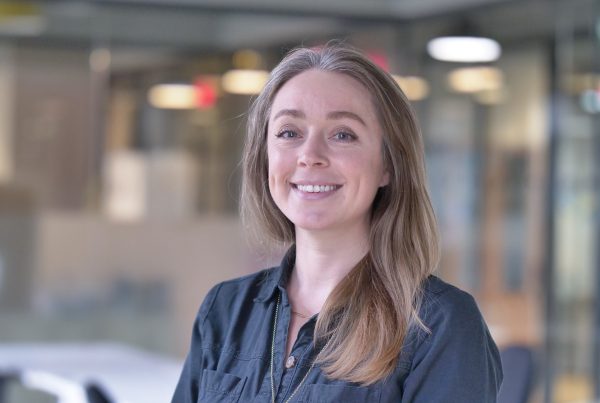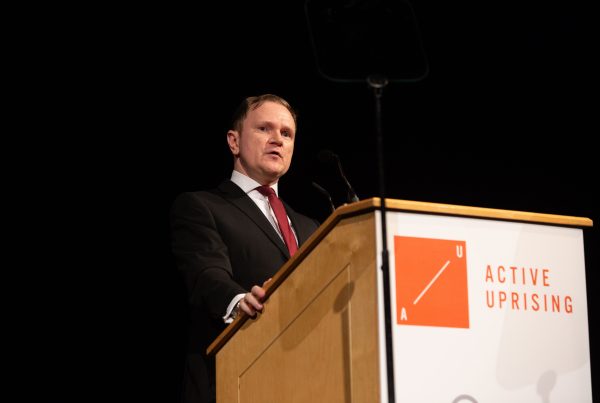By Marianne Boyle, Head of Infrastructure, ukactive
COVID-19 has stopped us all in our tracks. Like many others, I imagined the new decade would bring about a few changes for the physical activity sector. But I never expected these changes to be quite so substantial.
Our sector was among the last to close, after the Government announced a tightening of social distancing measures. We should take pride in the fact that the physical activity sector was credible enough for the Government to trust its ability to follow social distancing guidelines until it was no longer feasible to keep non-essential businesses open to the public. And we should celebrate the fact that government openly advertises the importance of physical activity during lockdown.
As our attention begins to shift from survival to re-opening, the sector must continue to demonstrate its credibility and reassure members that they can be confident to return to the facilities that they loved visiting before COVID-19.
ukactive is supporting this process with the development of a four-stage strategy for re-opening, including a framework approved by virologists, to ensure that all facilities – from boutique gyms to multi-use leisure centres – are informed and equipped to welcome staff and members back with (socially distanced) open arms.
Looking to the future and what that means for facilities, it is imperative that we take the learnings from the pandemic and adapt to a new ‘normal’. Setting realistic expectations is key – we should not expect to see the sudden development of new facilities with double the usual footprint to accommodate social distancing measures.
Our ambition remains largely the same. COVID-19 or not, our sector’s priority has always been to build an active, healthy nation. But in the aftermath of the crisis, it will be even more important to support the sector to re-invigorate its ageing facilities, to realise the potential of our high streets through the provision of leisure facilities, and to drive the community wellness hub agenda, transforming our leisure centres into a one-stop shop for public services.
Unfortunately, COVID-19 has widened the physical activity participation gap for many groups that were already identified as inactive before the pandemic. People with disabilities, older people and families from lower socio-economic backgrounds are disproportionately affected by the physical, mental and economic consequences of a prolonged lockdown period.
Our sector has a responsibility and a duty to ensure that we place the most vulnerable at the heart of everything we do, and that we continue to consider disadvantaged groups when we allocate future investments.
As lead for the ukactive-Sport England partnership on infrastructure, I will be working alongside sector colleagues to identify scalable, innovative opportunities for investment in the existing leisure stock, while making it my mission to ensure we invest in a way that will benefit marginalised groups.
ukactive Chair Baroness Grey-Thompson, speaking at the ukactive National Summit, called for a regeneration scheme that would transform leisure centres into community wellness hubs. Wellness hubs are designed to put communities first, providing services that support the health and wellbeing of local people. Since Coronavirus hit the UK, the link between physical activity and wellbeing has never been clearer. It is my hope that as we emerge from this crisis, we can shake ourselves off and use our learnings to make positive changes at a greater pace. This really is a unique opportunity in our lifetimes to be able to see so clearly a change in motion, and we need to capitalise on that.
Look out for the latest stories and blogs in our Together series on the ukactive News page and Journal. For the latest sector guidance and daily analysis, visit the ukactive COVID-19 hub.
If you are a ukactive member and want to share your story, please contact your account manager or send an overview of your story to: press@ukactive.org.uk.

More People More Active More Often




